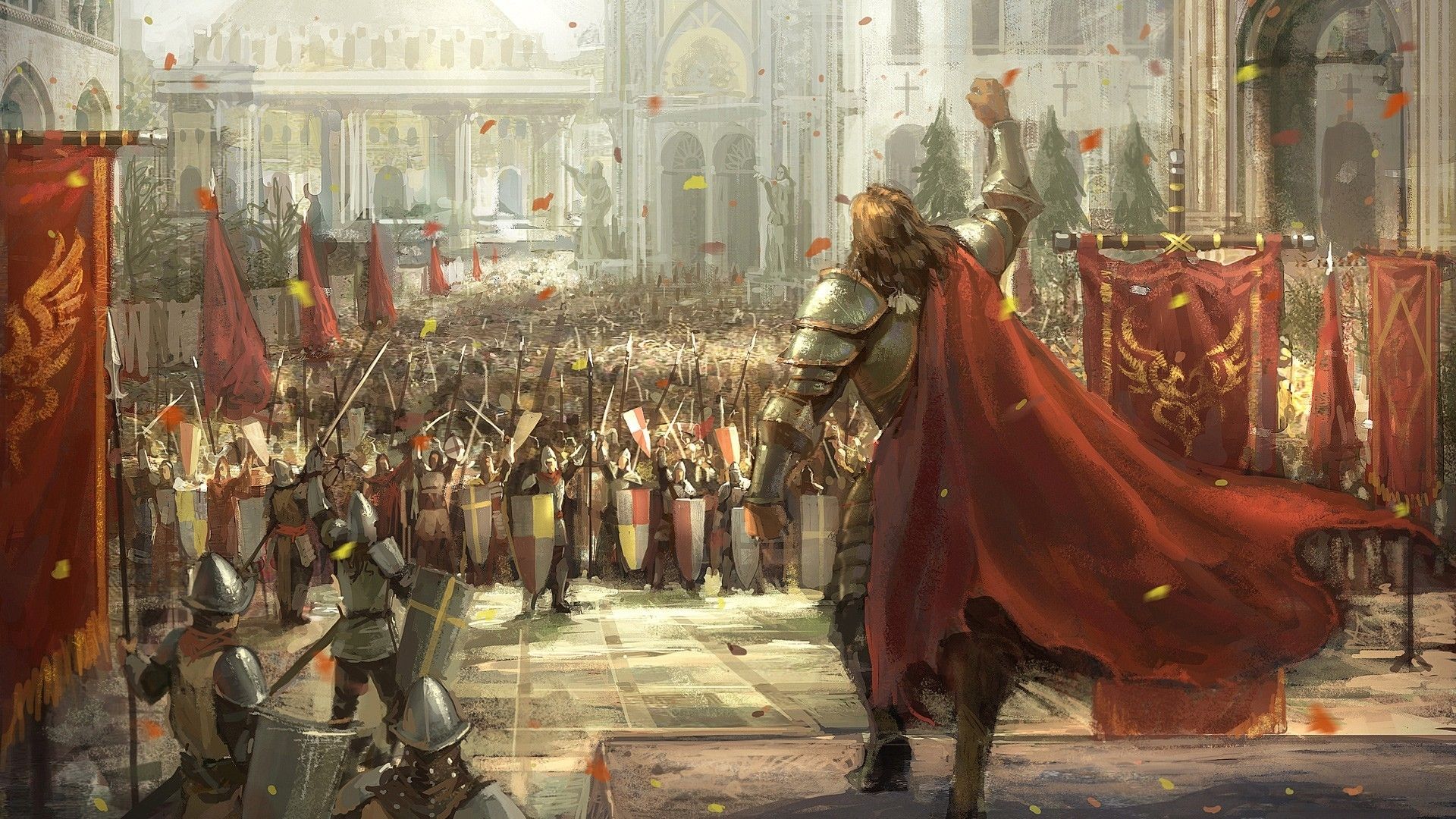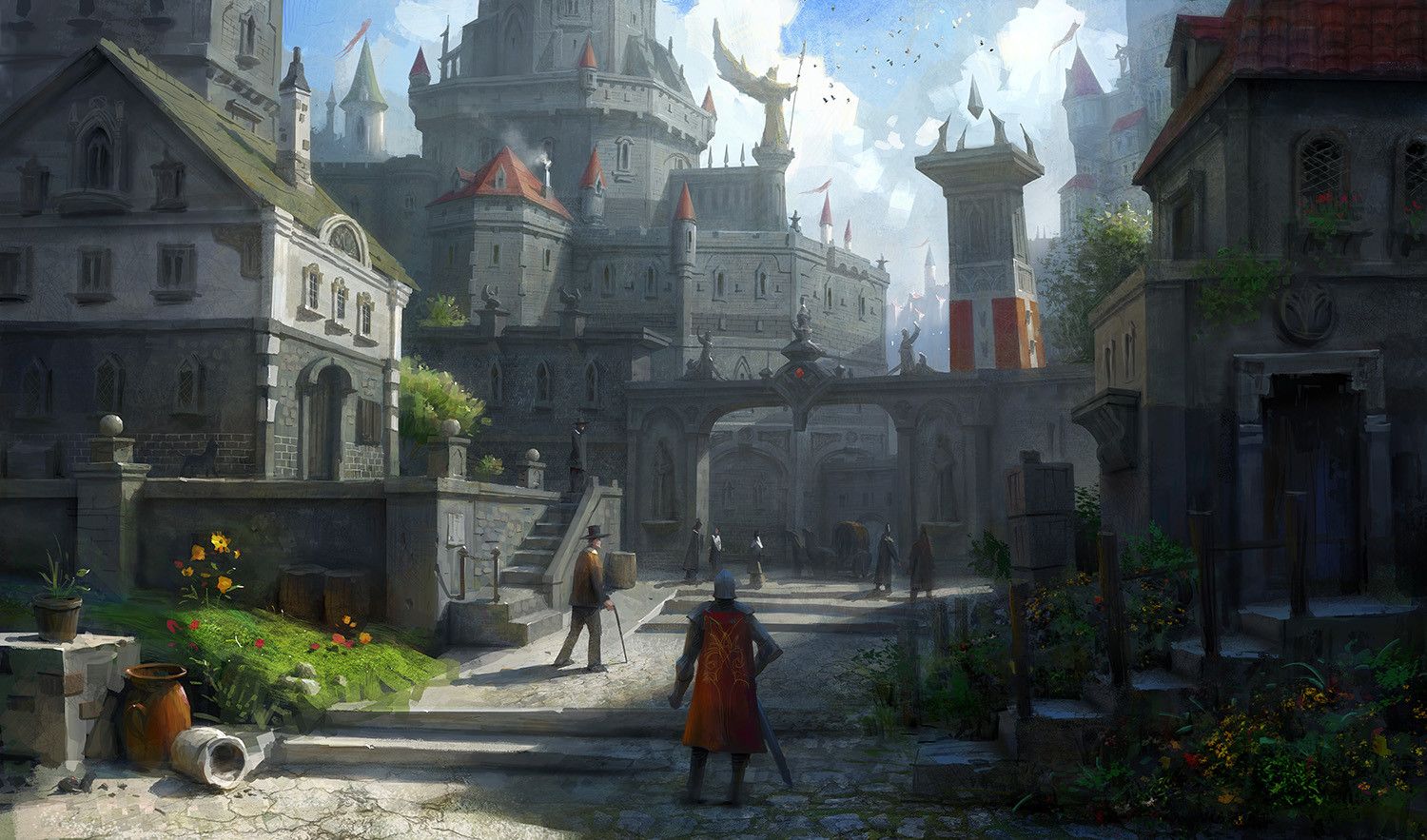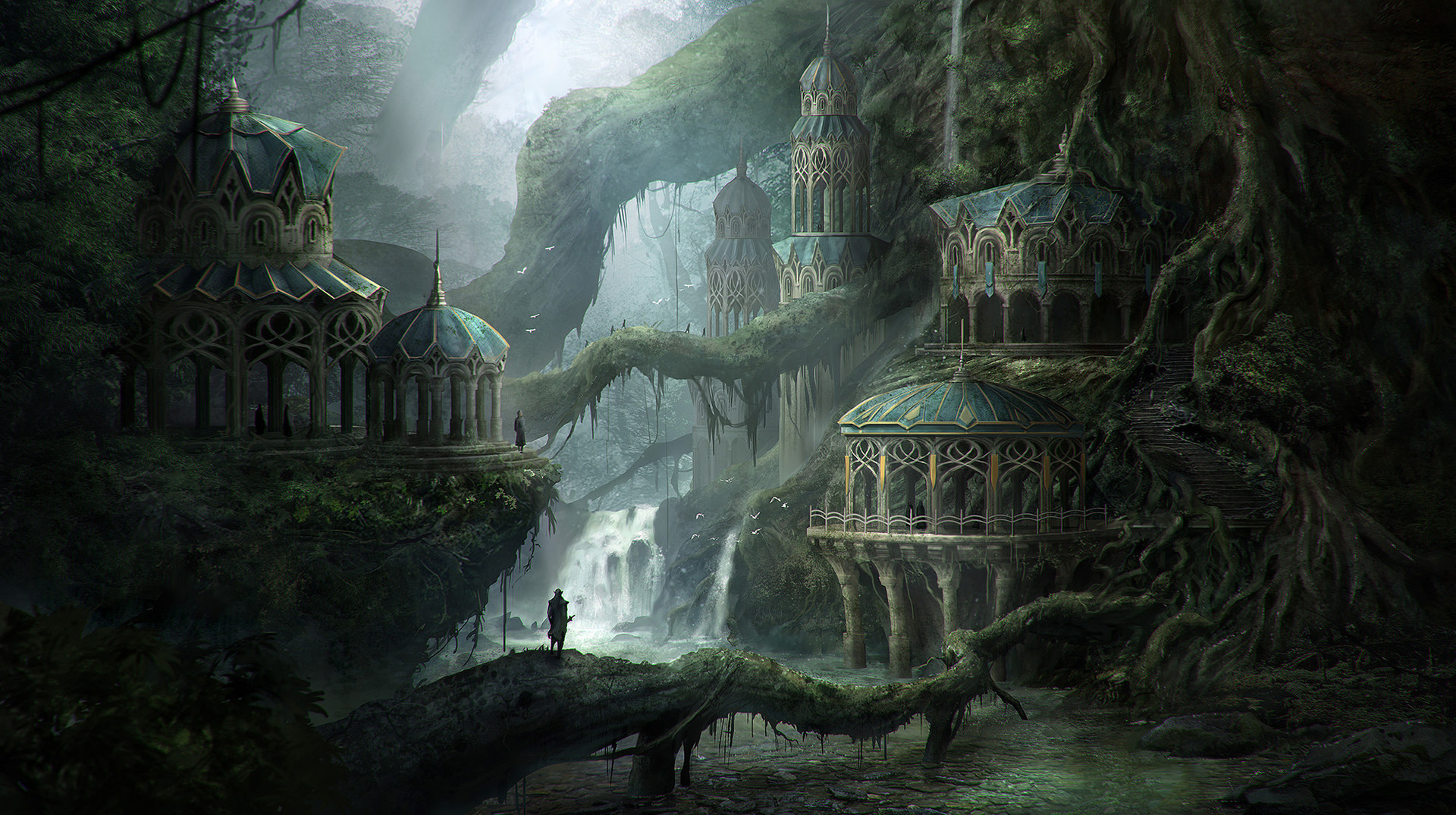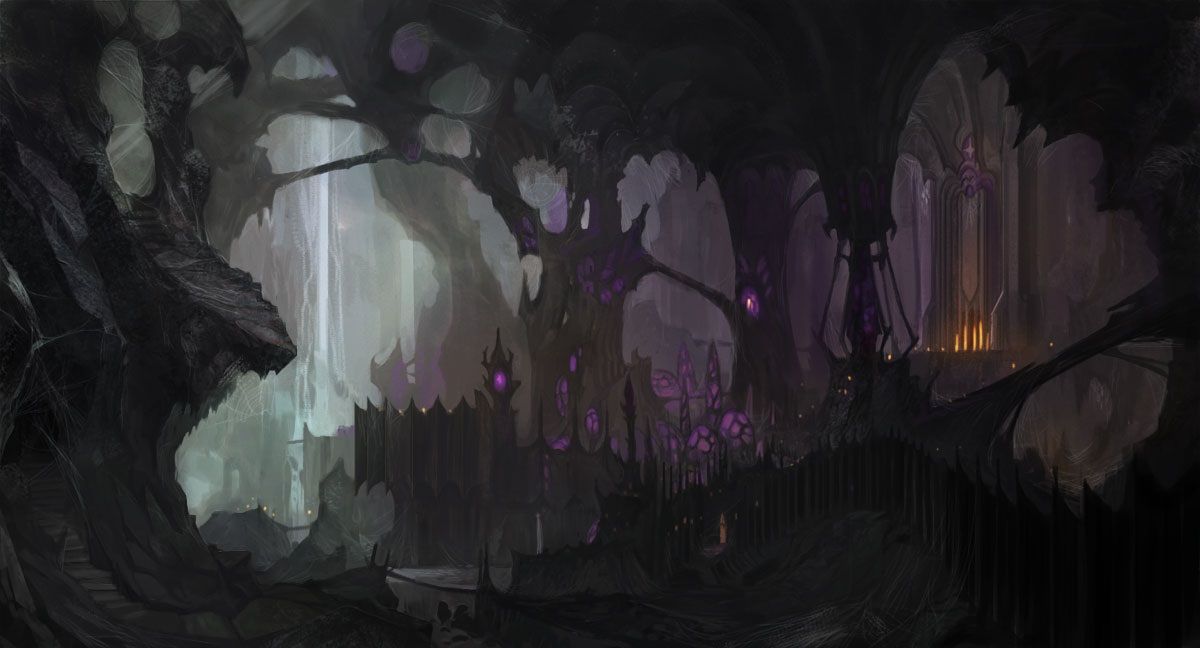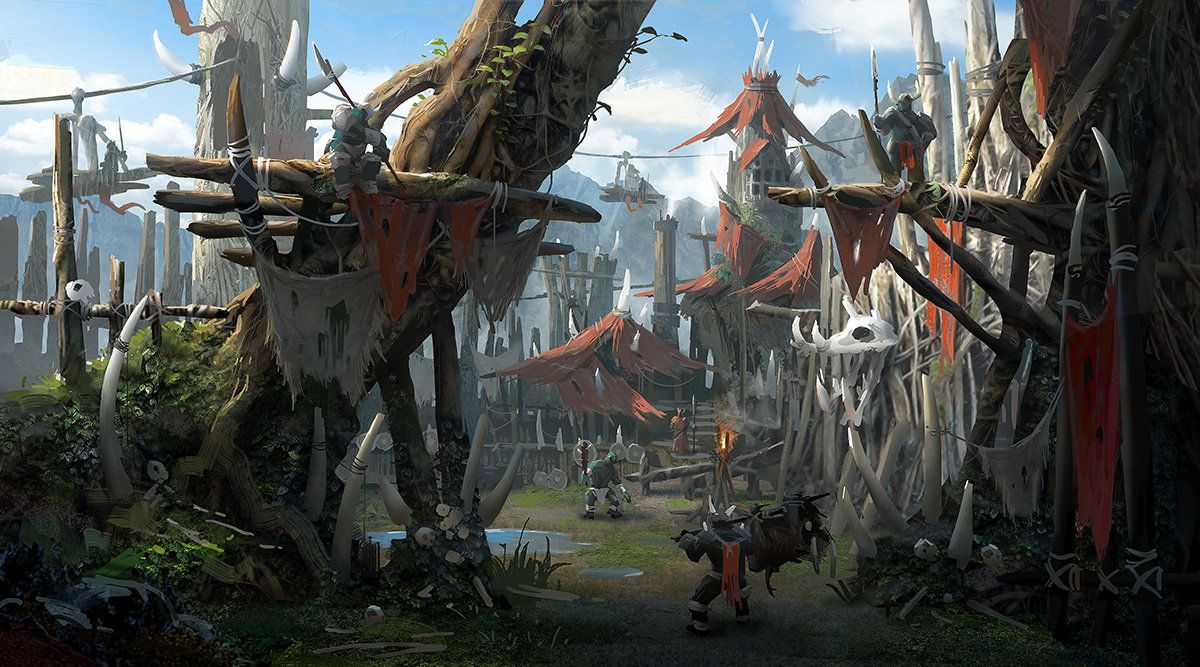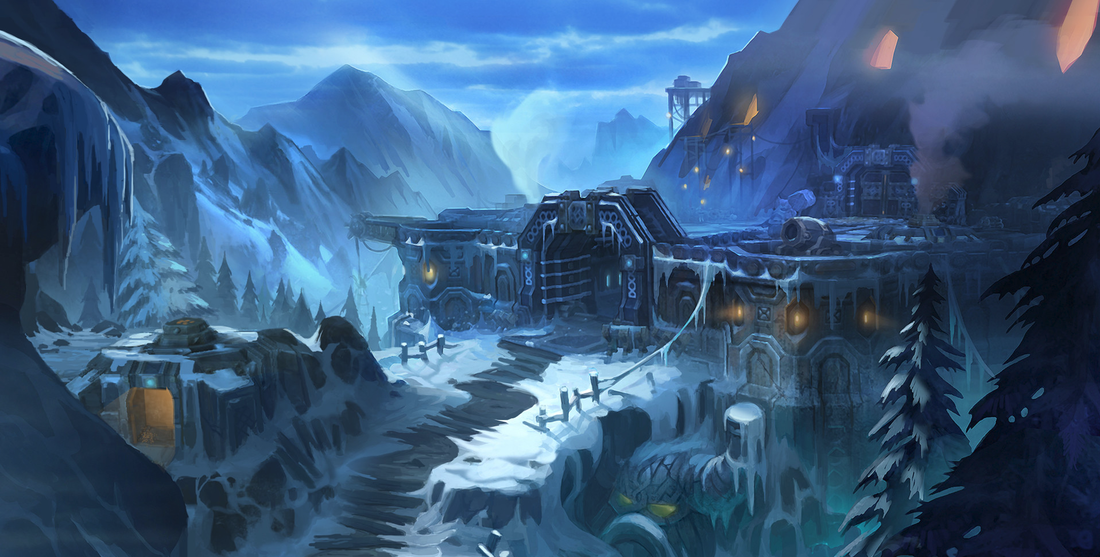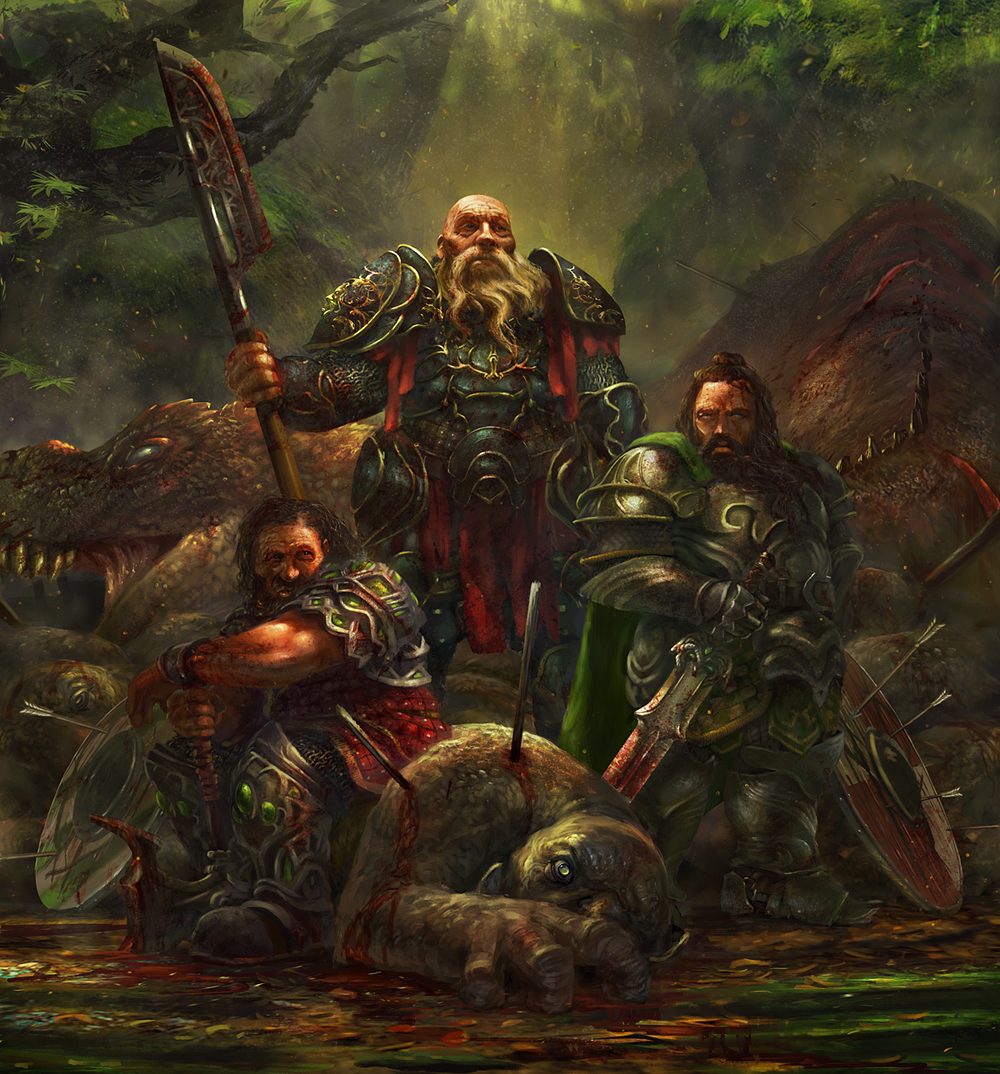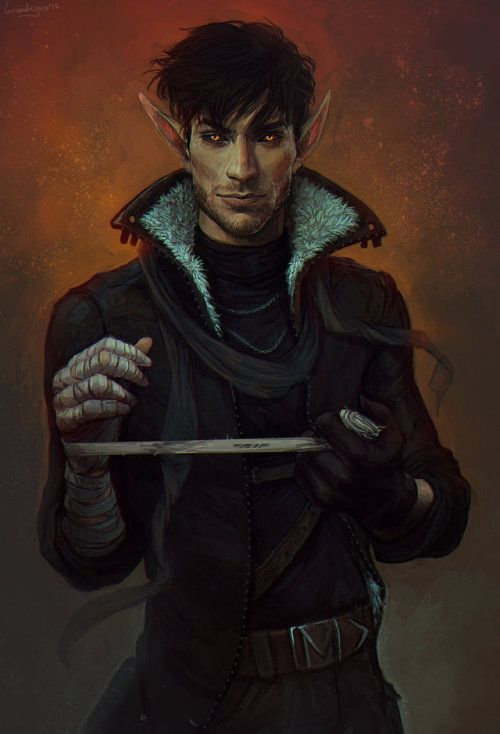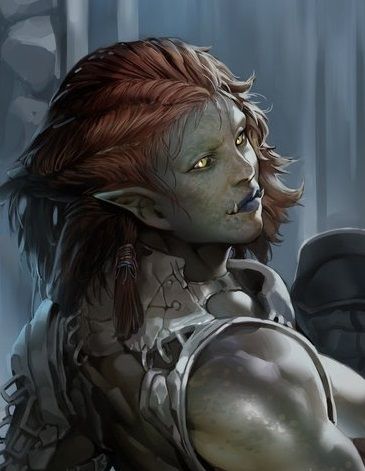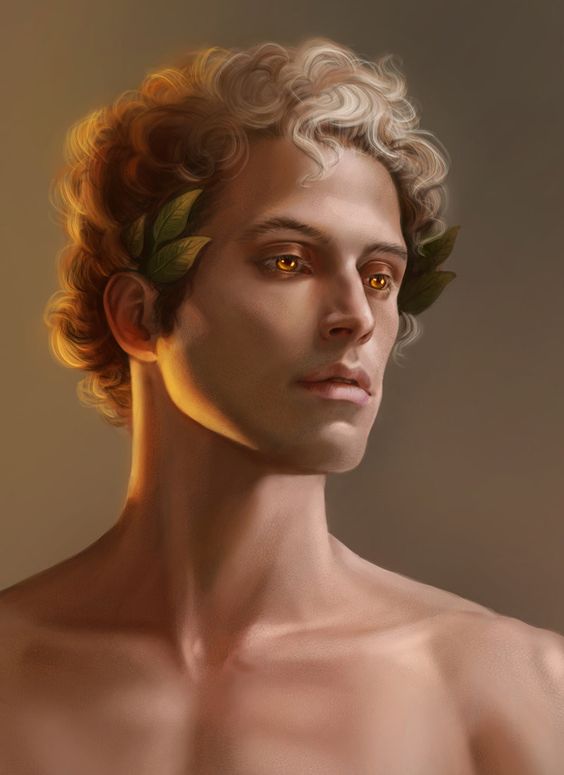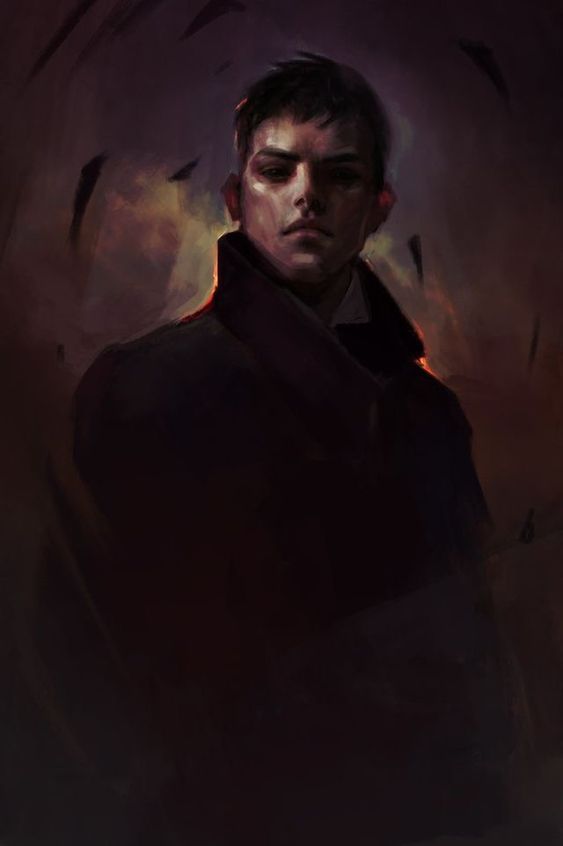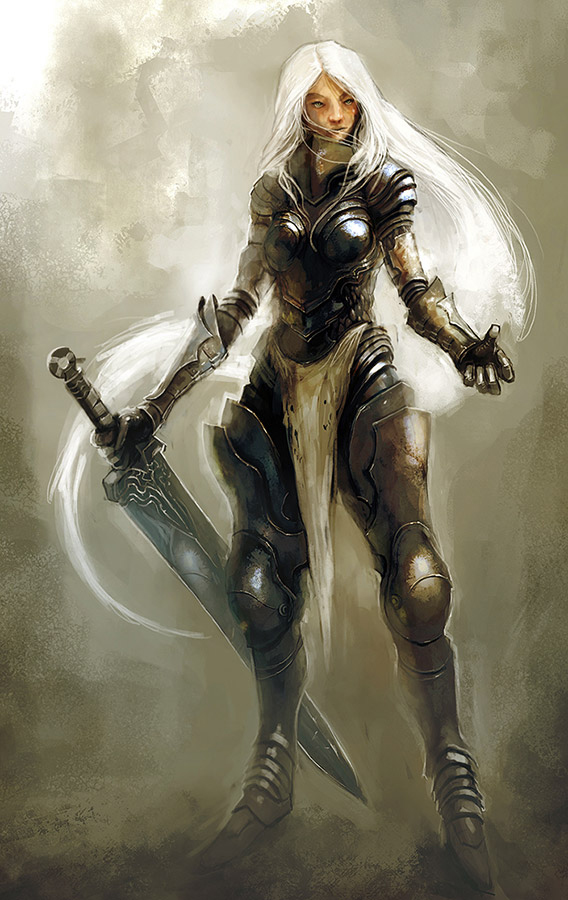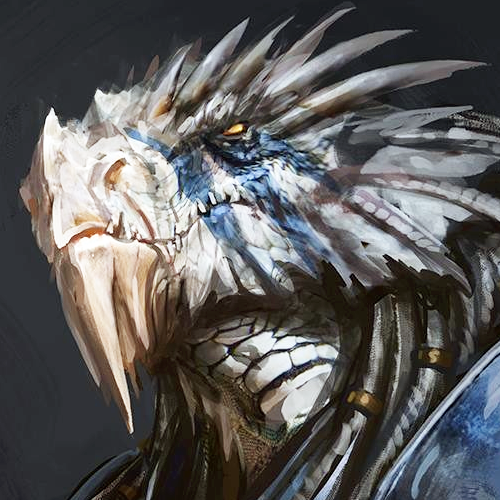Roman
How troublesome...
World Lore
History of Andros and the Astrians.
Until not too long ago, the world had forgotten the Astrians. They were a group of ancient races blessed with godlike powers. They were the high-born races, weavers of magic, and rulers over the low-born races and the universe as a whole. Beings created by the gods.
Initial research suggested that Astrian lives were similar, but still foreign in culture, to the modern-day people of Andros. What their research found most disturbing was the evidence of just how common war amongst the Astrians was. Ruins revealed how they had fought each other so many times, for so long, and with such brutality that they drove themselves to extinction. It found that before the last Astrian war ended, many of the lower races fled to more peaceful land to begin life anew. There was no doubt that now that they were no longer tangled in the constant wars of the Astrians, the lower races were able to thrive and build empires of their own in the new lands they called home. Since the low-born races never saw the Astrians after that their existence faded first to legends, then myths, then into obscurity. After centuries of rebuilding civilization, the lands they had settled were beginning to seem small. The low-born races began to expand outward back across the mountains, valleys, and seas they had crossed so long ago.
There they found the remains of the once great and powerful Astrians. For the most part, they found nothing but skeletons and buildings half-buried under dirt and rock, but some began to stumble on relics from the past. Items still teaming with the mystical energies the Astrians had used to destroy themselves. Expeditions to the Astrian ruins in search of these invaluable items grew popular. Diggers recovered everything from silver that never tarnished, candles that never burnt down, blades that could cut stone, and armors that had barely even a scratch from the weight of piles of boulders on top of them. Some even more rare ones had spells locked within, but nothing compared to a discovery made after thousands of these artifacts had been recovered. The Astrians weren't dead. By what could only be pure chance, a young digger pulled out a precious jeweled locket, whispered how beautiful he thought it was to it, and then kissed it. Those actions awakened an Astrian, lying dormant inside the item, and bound them together. The Astrians were back, but this time they were controlled by the mortals, as the gods had left.
As it is known now, some of them hid at their end and sealed their essences in artifacts. Only by unique cryptic actions could the seal be broken to reveal the Astrian inside. But not all artifacts have Astrians inside them, and not all Astrians are ones anyone would want to be released from their slumbers. Regardless, everyone now dreamed of acquiring and bonding with one of these rare Astrians. For some, they were a means to wealth, some a symbol of status, and for some a weapon to direct at their enemies. The question is, how will you use your Astrian if you have one? How would do you react to the world now that most people do and you may not?
History of Andros and the Astrians.
Until not too long ago, the world had forgotten the Astrians. They were a group of ancient races blessed with godlike powers. They were the high-born races, weavers of magic, and rulers over the low-born races and the universe as a whole. Beings created by the gods.
Initial research suggested that Astrian lives were similar, but still foreign in culture, to the modern-day people of Andros. What their research found most disturbing was the evidence of just how common war amongst the Astrians was. Ruins revealed how they had fought each other so many times, for so long, and with such brutality that they drove themselves to extinction. It found that before the last Astrian war ended, many of the lower races fled to more peaceful land to begin life anew. There was no doubt that now that they were no longer tangled in the constant wars of the Astrians, the lower races were able to thrive and build empires of their own in the new lands they called home. Since the low-born races never saw the Astrians after that their existence faded first to legends, then myths, then into obscurity. After centuries of rebuilding civilization, the lands they had settled were beginning to seem small. The low-born races began to expand outward back across the mountains, valleys, and seas they had crossed so long ago.
There they found the remains of the once great and powerful Astrians. For the most part, they found nothing but skeletons and buildings half-buried under dirt and rock, but some began to stumble on relics from the past. Items still teaming with the mystical energies the Astrians had used to destroy themselves. Expeditions to the Astrian ruins in search of these invaluable items grew popular. Diggers recovered everything from silver that never tarnished, candles that never burnt down, blades that could cut stone, and armors that had barely even a scratch from the weight of piles of boulders on top of them. Some even more rare ones had spells locked within, but nothing compared to a discovery made after thousands of these artifacts had been recovered. The Astrians weren't dead. By what could only be pure chance, a young digger pulled out a precious jeweled locket, whispered how beautiful he thought it was to it, and then kissed it. Those actions awakened an Astrian, lying dormant inside the item, and bound them together. The Astrians were back, but this time they were controlled by the mortals, as the gods had left.
As it is known now, some of them hid at their end and sealed their essences in artifacts. Only by unique cryptic actions could the seal be broken to reveal the Astrian inside. But not all artifacts have Astrians inside them, and not all Astrians are ones anyone would want to be released from their slumbers. Regardless, everyone now dreamed of acquiring and bonding with one of these rare Astrians. For some, they were a means to wealth, some a symbol of status, and for some a weapon to direct at their enemies. The question is, how will you use your Astrian if you have one? How would do you react to the world now that most people do and you may not?
Last edited:




